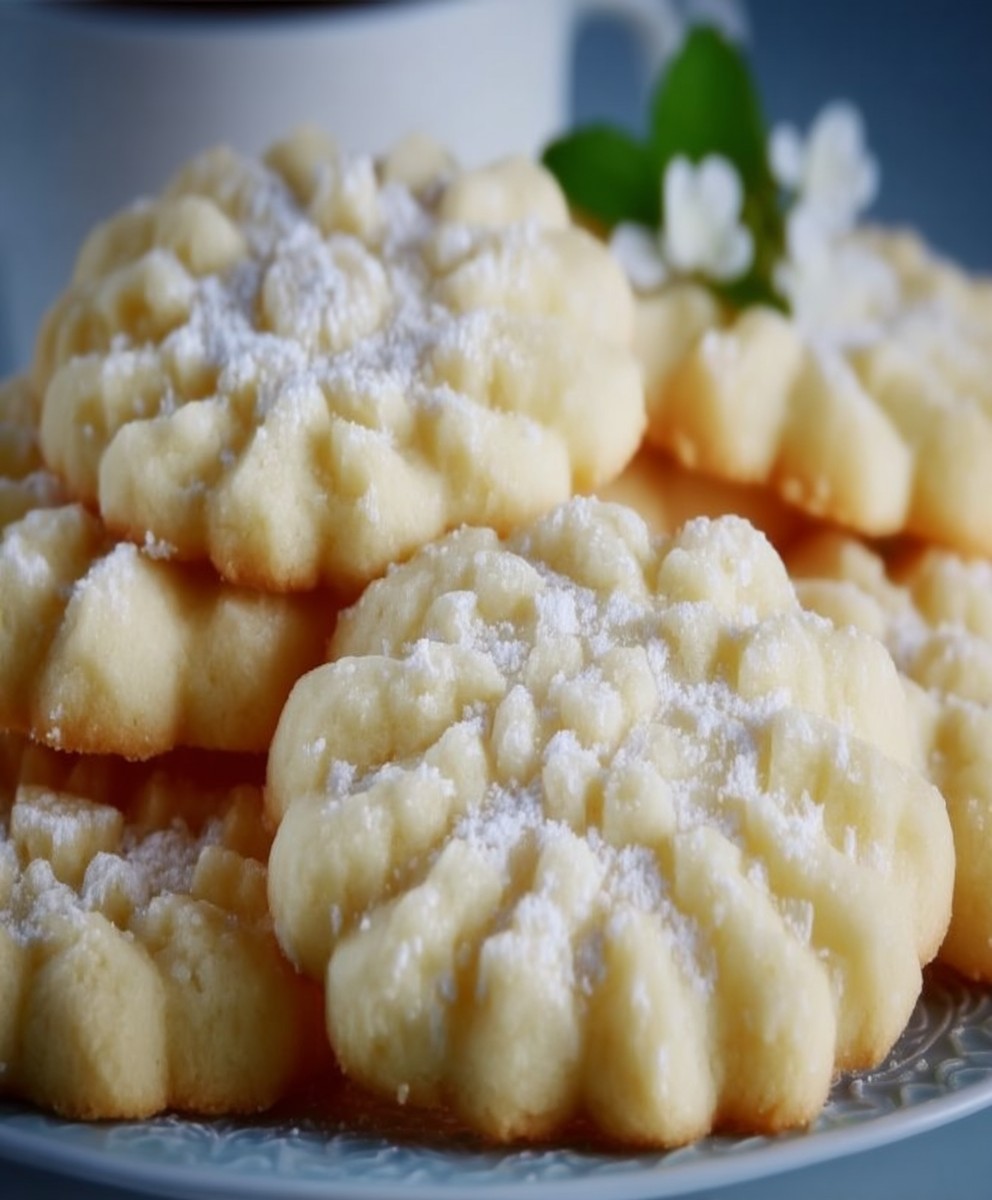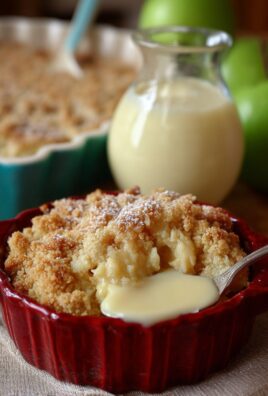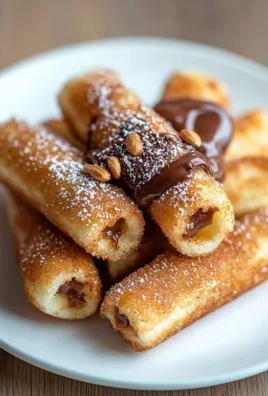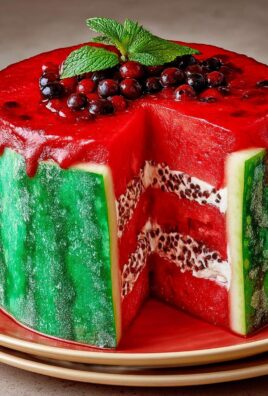Shortbread cookies, those buttery, melt-in-your-mouth delights, are more than just a treat; they’re a taste of history and a symbol of Scottish hospitality. Have you ever wondered why a simple cookie can evoke such warmth and comfort? I’m here to tell you all about it!
Originating in Scotland as early as the 12th century, shortbread evolved from “biscuit bread,” a leftover dough enriched with butter and baked into a hard, dry rusk. Over time, butter replaced yeast, transforming it into the crumbly, rich cookie we know and love. Traditionally associated with celebrations like Christmas and Hogmanay (Scottish New Year), shortbread was also a customary gift at weddings, symbolizing good luck and prosperity for the happy couple.
But what makes shortbread cookies so irresistible? It’s the perfect balance of simplicity and indulgence. The crumbly texture, achieved through a high butter content, practically dissolves in your mouth, leaving behind a rich, buttery flavor that’s simply divine. Plus, with just a handful of ingredients butter, flour, and sugar it’s incredibly easy to make at home. Whether you enjoy them with a cup of tea, as a sweet ending to a meal, or simply as a comforting snack, shortbread cookies are a timeless classic that never fails to please. So, let’s get baking and create some magic in the kitchen!
Ingredients:
- 1 cup (2 sticks) unsalted butter, softened
- 1/2 cup granulated sugar
- 1/4 cup powdered sugar
- 1 teaspoon vanilla extract
- 2 1/4 cups all-purpose flour
- 1/4 teaspoon salt
- Optional: sanding sugar for decorating
Preparing the Dough:
- Cream the Butter and Sugars: In a large bowl, or the bowl of a stand mixer fitted with the paddle attachment, cream together the softened butter, granulated sugar, and powdered sugar until light and fluffy. This usually takes about 3-5 minutes. Make sure to scrape down the sides of the bowl occasionally to ensure everything is evenly incorporated. The mixture should be pale and airy. Don’t rush this step; it’s crucial for a tender shortbread.
- Add Vanilla Extract: Stir in the vanilla extract until just combined. Be careful not to overmix at this stage. Overmixing can develop the gluten in the flour, leading to a tougher cookie.
- Combine Dry Ingredients: In a separate medium bowl, whisk together the all-purpose flour and salt. Whisking helps to distribute the salt evenly throughout the flour, which is important for the overall flavor of the cookies.
- Gradually Add Dry Ingredients to Wet Ingredients: Gradually add the dry ingredients to the wet ingredients, mixing on low speed until just combined. Be careful not to overmix. The dough should come together into a cohesive mass. If the dough seems too dry, add a tablespoon of cold water at a time until it comes together. However, be very cautious with the water; you want a crumbly, shortbread-like texture, not a wet dough.
- Form the Dough into a Disc: Turn the dough out onto a lightly floured surface. Gently knead it a few times to bring it together into a smooth disc. Wrap the disc tightly in plastic wrap and refrigerate for at least 30 minutes, or up to 2 hours. This chilling time is essential for preventing the cookies from spreading too much during baking and for developing the flavor.
Rolling and Cutting the Cookies:
- Preheat Oven and Prepare Baking Sheets: Preheat your oven to 325°F (160°C). Line baking sheets with parchment paper or silicone baking mats. This will prevent the cookies from sticking and make cleanup easier.
- Roll Out the Dough: On a lightly floured surface, roll out the chilled dough to about 1/4-inch thickness. Use a rolling pin and apply even pressure to ensure a uniform thickness. If the dough is sticking to the surface, add a little more flour.
- Cut Out the Cookies: Use cookie cutters of your desired shapes to cut out the cookies. You can use any shape you like, from simple circles and squares to more elaborate designs. Dip the cookie cutters in flour before each cut to prevent sticking.
- Place Cookies on Baking Sheets: Carefully transfer the cut-out cookies to the prepared baking sheets, leaving about 1/2 inch of space between each cookie.
- Re-roll Scraps: Gather the dough scraps, gently knead them together, and re-roll them to cut out more cookies. Keep in mind that the re-rolled dough may be a bit tougher than the first batch, so try to minimize the number of times you re-roll it.
- Optional: Decorate with Sanding Sugar: If desired, sprinkle the cookies with sanding sugar before baking. This will add a touch of sparkle and sweetness. You can also use other decorations, such as sprinkles or chopped nuts.
- Optional: Dock the Cookies: Use a fork to prick the cookies all over. This will help prevent them from puffing up too much during baking.
Baking the Cookies:
- Bake the Cookies: Bake the cookies for 12-15 minutes, or until the edges are lightly golden brown. The baking time will vary depending on the size and thickness of the cookies, so keep a close eye on them.
- Cool on Baking Sheets: Remove the baking sheets from the oven and let the cookies cool on the baking sheets for a few minutes before transferring them to a wire rack to cool completely. This will prevent them from breaking.
Tips for Perfect Shortbread:
- Use High-Quality Butter: The flavor of shortbread relies heavily on the butter, so use the best quality butter you can find. European-style butter, with its higher fat content, will result in a richer, more flavorful cookie.
- Don’t Overmix: Overmixing the dough will develop the gluten in the flour, resulting in a tougher cookie. Mix the ingredients until just combined.
- Chill the Dough: Chilling the dough is essential for preventing the cookies from spreading too much during baking and for developing the flavor.
- Roll Out Evenly: Roll out the dough to a uniform thickness to ensure that the cookies bake evenly.
- Don’t Overbake: Overbaking the cookies will result in a dry, crumbly texture. Bake them until the edges are lightly golden brown.
- Cool Completely: Let the cookies cool completely before storing them. This will prevent them from becoming soggy.
- Storage: Store the cooled cookies in an airtight container at room temperature for up to a week. They can also be frozen for longer storage.
Variations:
- Lemon Shortbread: Add the zest of one lemon to the dough for a bright, citrusy flavor.
- Chocolate Chip Shortbread: Add 1/2 cup of mini chocolate chips to the dough.
- Lavender Shortbread: Add 1 teaspoon of dried lavender to the dough for a floral aroma and flavor.
- Pecan Shortbread: Add 1/2 cup of chopped pecans to the dough for a nutty flavor and texture.
- Salted Caramel Shortbread: Drizzle the baked cookies with salted caramel sauce.
Troubleshooting:
- Cookies are spreading too much: Make sure the butter is not too soft. Also, ensure the dough is chilled for a sufficient amount of time. You can also try adding a tablespoon or two of flour to the dough.
- Cookies are too dry: Make sure you are not overbaking the cookies. Also, ensure you are using the correct amount of butter and sugar.
- Cookies are too tough: Avoid overmixing the dough. Also, ensure you are not re-rolling the dough too many times.
- Cookies are sticking to the baking sheet: Use parchment paper or silicone baking mats to prevent sticking.
Serving Suggestions:
- Serve with a cup of tea or coffee.
- Serve as part of a dessert platter.
- Give as a gift.
- Enjoy as a simple, satisfying snack.
Enjoy your homemade shortbread cookies!
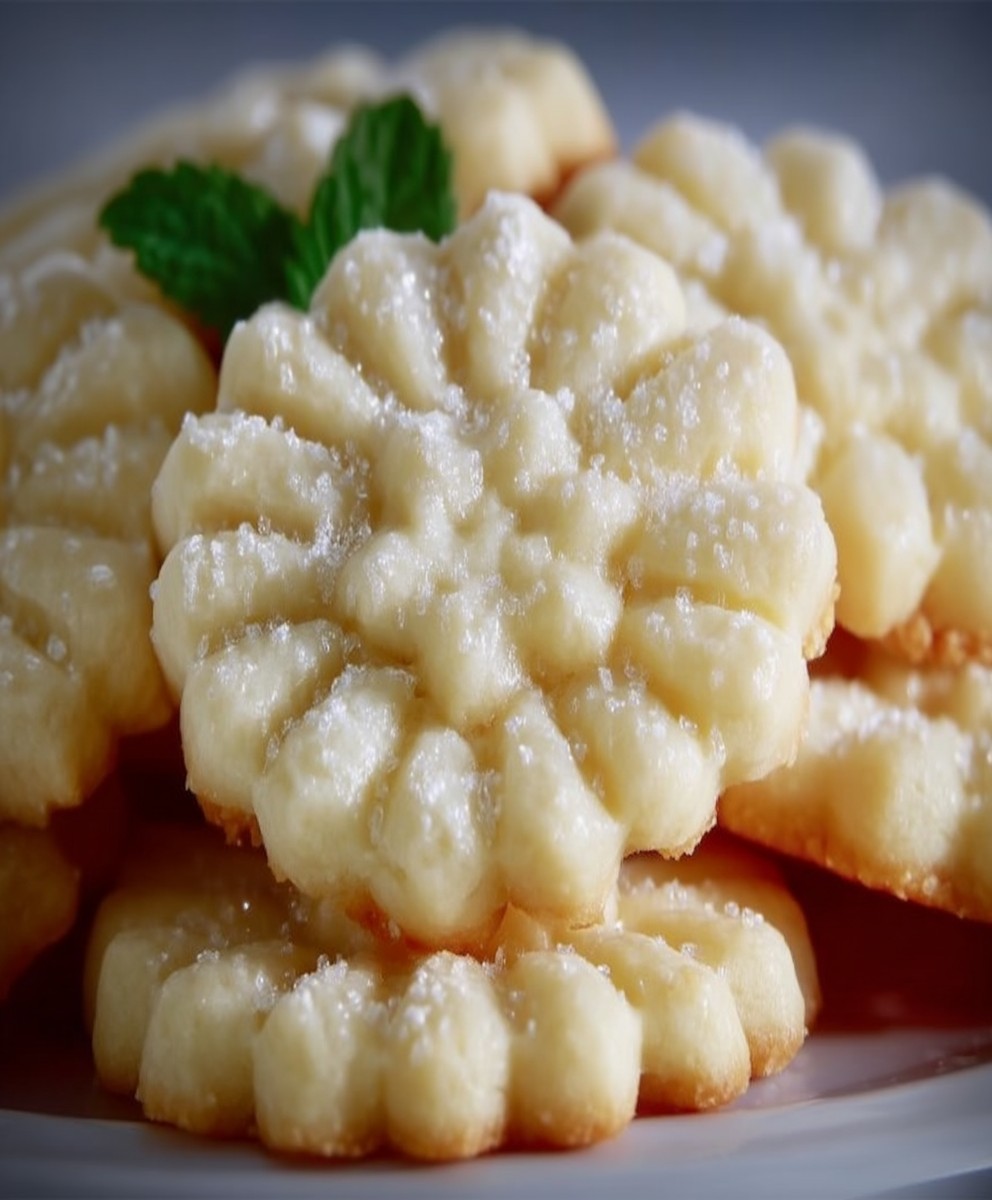
Conclusion:
And there you have it! These aren’t just any cookies; they’re melt-in-your-mouth, buttery perfection. This shortbread cookies recipe is a must-try because it delivers that classic, comforting flavor we all crave, but with a simplicity that makes it accessible to bakers of all skill levels. Forget complicated techniques and endless ingredients lists this recipe is all about showcasing the beauty of simple, high-quality ingredients. The result? A truly unforgettable cookie experience.
But why stop there? The beauty of shortbread lies in its versatility. While these cookies are divine on their own, they also lend themselves beautifully to a variety of serving suggestions and variations. Imagine crumbling them over a bowl of fresh berries and whipped cream for a delightful summer dessert. Or, for a more sophisticated treat, pair them with a strong cup of Earl Grey tea. They’re also fantastic dipped in melted dark chocolate or drizzled with caramel sauce.
For a festive twist, try adding a teaspoon of orange or lemon zest to the dough. The citrus notes will brighten the flavor and add a lovely aroma. If you’re feeling adventurous, you could even incorporate a pinch of sea salt to create a sweet and salty sensation that’s utterly addictive. Another fun variation is to press a few chocolate chips into the tops of the cookies before baking. The possibilities are truly endless!
Serving these cookies is just as important as baking them. Arrange them artfully on a pretty plate for a tea party, or package them in a decorative tin as a thoughtful homemade gift. They’re perfect for sharing with friends and family, or for enjoying all by yourself with a good book and a cozy blanket. No matter how you choose to enjoy them, these shortbread cookies are guaranteed to bring a smile to your face.
I truly believe that this recipe will become a staple in your baking repertoire. It’s a classic for a reason, and once you taste these cookies, you’ll understand why. They’re the perfect balance of sweet, buttery, and crumbly, and they’re sure to impress everyone who tries them.
So, what are you waiting for? Preheat your oven, gather your ingredients, and get ready to bake some magic! I’m confident that you’ll love this recipe as much as I do. And most importantly, don’t be afraid to experiment and make it your own. Baking is all about having fun and creating something delicious.
I’m so excited for you to try this recipe and experience the joy of homemade shortbread. Once you’ve had a chance to bake these cookies, I would absolutely love to hear about your experience. Did you try any of the variations I suggested? Did you come up with your own creative twists? Share your photos and stories in the comments below! I can’t wait to see what you create. Happy baking!
Shortbread Cookies: The Ultimate Guide to Baking Perfect Treats
Classic, buttery shortbread cookies that melt in your mouth. Simple ingredients, easy to make, and perfect for any occasion.
Ingredients
- 1 cup (2 sticks) unsalted butter, softened
- 1/2 cup granulated sugar
- 1/4 cup powdered sugar
- 1 teaspoon vanilla extract
- 2 1/4 cups all-purpose flour
- 1/4 teaspoon salt
- Optional: sanding sugar for decorating
Instructions
- Cream the Butter and Sugars: In a large bowl, or the bowl of a stand mixer fitted with the paddle attachment, cream together the softened butter, granulated sugar, and powdered sugar until light and fluffy (3-5 minutes). Scrape down the sides of the bowl occasionally.
- Add Vanilla Extract: Stir in the vanilla extract until just combined. Be careful not to overmix.
- Combine Dry Ingredients: In a separate medium bowl, whisk together the all-purpose flour and salt.
- Gradually Add Dry Ingredients to Wet Ingredients: Gradually add the dry ingredients to the wet ingredients, mixing on low speed until just combined. Be careful not to overmix. The dough should come together into a cohesive mass. If the dough seems too dry, add a tablespoon of cold water at a time until it comes together. However, be very cautious with the water; you want a crumbly, shortbread-like texture, not a wet dough.
- Form the Dough into a Disc: Turn the dough out onto a lightly floured surface. Gently knead it a few times to bring it together into a smooth disc. Wrap the disc tightly in plastic wrap and refrigerate for at least 30 minutes, or up to 2 hours.
- Preheat Oven and Prepare Baking Sheets: Preheat your oven to 325°F (160°C). Line baking sheets with parchment paper or silicone baking mats.
- Roll Out the Dough: On a lightly floured surface, roll out the chilled dough to about 1/4-inch thickness. Use a rolling pin and apply even pressure to ensure a uniform thickness. If the dough is sticking to the surface, add a little more flour.
- Cut Out the Cookies: Use cookie cutters of your desired shapes to cut out the cookies. You can use any shape you like, from simple circles and squares to more elaborate designs. Dip the cookie cutters in flour before each cut to prevent sticking.
- Place Cookies on Baking Sheets: Carefully transfer the cut-out cookies to the prepared baking sheets, leaving about 1/2 inch of space between each cookie.
- Re-roll Scraps: Gather the dough scraps, gently knead them together, and re-roll them to cut out more cookies. Keep in mind that the re-rolled dough may be a bit tougher than the first batch, so try to minimize the number of times you re-roll it.
- Optional: Decorate with Sanding Sugar: If desired, sprinkle the cookies with sanding sugar before baking. This will add a touch of sparkle and sweetness. You can also use other decorations, such as sprinkles or chopped nuts.
- Optional: Dock the Cookies: Use a fork to prick the cookies all over. This will help prevent them from puffing up too much during baking.
- Bake the Cookies: Bake the cookies for 12-15 minutes, or until the edges are lightly golden brown. The baking time will vary depending on the size and thickness of the cookies, so keep a close eye on them.
- Cool on Baking Sheets: Remove the baking sheets from the oven and let the cookies cool on the baking sheets for a few minutes before transferring them to a wire rack to cool completely. This will prevent them from breaking.
Notes
- Use high-quality butter for the best flavor.
- Don’t overmix the dough.
- Chilling the dough is essential.
- Roll out the dough evenly.
- Don’t overbake the cookies.
- Cool completely before storing.
- Store in an airtight container at room temperature for up to a week, or freeze for longer storage.

